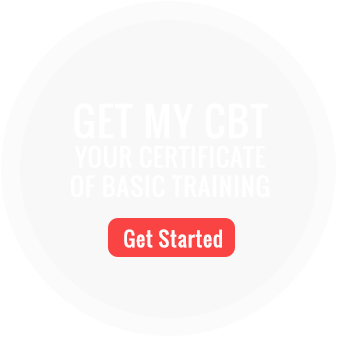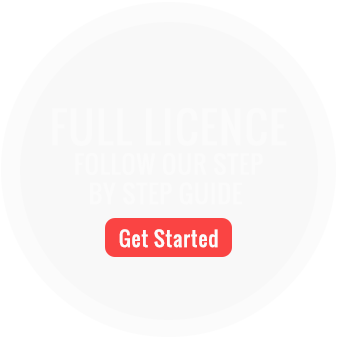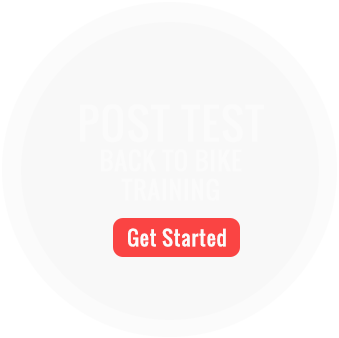Elements B and C Prior Learning
Element B & C – What the student needs to know and understand
Element B
B1. Understand how the vehicle works
• in broad terms the function and purpose of the main controls of their vehicle, for example:
• throttle
• front brake
• clutch
• indicators
• choke
• electric starter
• engine cut off (kill switch)
• lighting switches
• horn
• fuel tap
• rear brake
• kick starter
• gear change lever
• instrument panel
• what each of the controls does and what part they play in controlling the vehicle
• in broad terms, the main differences in controls they are likely to come across, such as the difference between a ‘twist and go’ scooter and a motorcycle with a gear-box
B2. Basic vehicle checks
• that failure to carry out basic vehicle checks may increase the chance of them being involved in a crash, for example through mechanical failure, or may make them liable to prosecution, for example for having illegal tyres
• that if they are unable to carry out all basic safety checks (for example if they have a physical disability) they must make sure they are carried out regularly by a competent person
• the legal rules for tyre tread depth on the type of vehicle they are riding
B3. Take the vehicle off its stand(s) and put it back on
How to position themselves and use their body to put their vehicle on and off its stand (both side and centre, where fitted) without injuring themselves and without losing control of the vehicle.
B4. Wheel the vehicle with control and bring it to a stop
• how to position themselves and to hold their vehicle so that they can wheel it, keeping control at all times
• how the balance and weight of their vehicle changes as they turn
• the effect on their vehicle if they apply the brake while turning
B5. Start and stop vehicle engine safely
• the most suitable position to take when starting their vehicle
• how to check that the fuel is switched on and the vehicle is in neutral before starting their vehicle
• how to make sure they leave their vehicle in a safe condition when they switch it off and leave it
Element C
C1. Carrying out manoeuvres safely and under full control
The learner must know and understand that:
• to coordinate the use of balance and positive steering with the smooth and appropriate use of the throttle, clutch where applicable and brakes to make progress and change direction safely
• what to do if their engine stalls during a manoeuvre
• how they would adjust their braking technique to deal with changing road and weather conditions
C2. Observation
The learner must know and understand that:
• how their ability to see what is happening on the road behind them may be affected by the design of their helmet, the position they adopt on their vehicle and the limited field of view covered by their mirrors
• that these factors will result in ‘blind-spots’; areas where other road users could be hidden from them
• that failing to be aware of other road users is a significant cause of crashes involving motorcycles or mopeds
• that, as riders, they are just as likely as the drivers of cars, buses and trucks to fail to see cyclists and pedestrians
• that by learning to use a systematic approach such as OSM/PSL consistently they will minimise the risk to themselves and other road users



